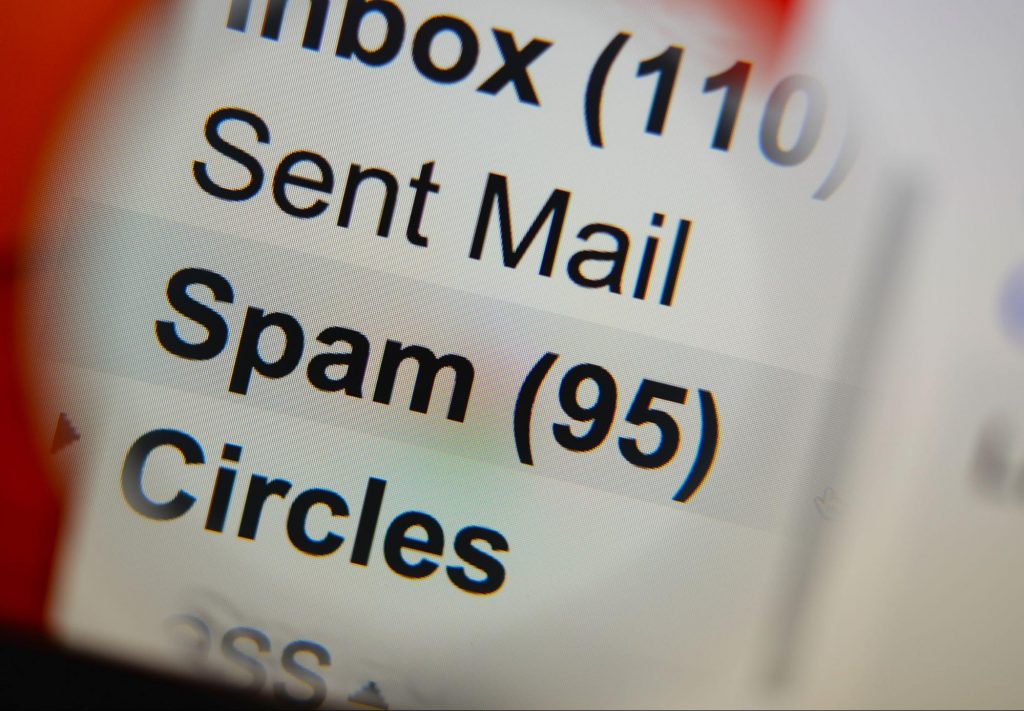
The common goal of all marketers is to gain email addresses from web visitors. Unlike social media or search engines, which have a company standing between you and your visitor, email is a direct connection to the customer. Because of this, crafting emails that drive traffic to your site is high on the list of priorities.
Of course, driving traffic from email depends on open rates. Find out how to increase your email open rate with these nine key factors.
1. Keep Subscribers Engaged

It’s important to send your subscribers regular emails to be sure that your list stays fresh, but you can still lose some of your email list over time. People may change emails or lose interest in your brand overall, so it’s smart to remove inactive subscribers regularly.
You can still give them one last chance to re-engage, however. This can be accomplished a number of ways, but it’s just an email asking your subscriber to engage with you before purging them from your list. Anyone who responds stays, but everyone else gets purged.
You can also check in with your subscriber list periodically to see if they want to update their information. This reminds them that they’re still in control of how they interact, which builds a more personal connection and encourages them to engage.
Finally, you can try to re-engage your list by conducting a survey to rate their satisfaction and gain some insight. Offering an incentive, such as a free gift, encourages their engagement and gives you valuable information to keep them satisfied.
2. Segment Your List
One of the most important factors in whether someone opens an email is deciding if it’s relevant to their needs. Segmentation is an easy way to accomplish this and be sure you’re not flooding your subscribers’ inboxes with emails that don’t apply to them.
Segmentation can be done a number of ways, but the best place to start is by tagging your subscribers’ behavior. For example, you want to send different types of emails to your repeat customers, first-time customers and future customers you’re nurturing.
You may also want to create segments based on the types of products purchased, demographics, locations and other information, so you can tailor your emails to your customers’ needs and entice them to open.
3. Avoid Spam
Spam filters are becoming more and more refined, but it’s still possible to end up with your emails in the spam folder. If this happens, you can count on your email never being opened.
So, if you want to maximize the reach and engagement of your email list, you need to do all you can to avoid ending up in the spam folder. Here are some tips:
- Be sure everyone on your list opted-in.
- Send emails from an IP address that hasn’t been used for spam in the past.
- Send using a verified domain.
- Make sure your code is clean.
- Personalize the “to” field of your email.
- Take the time to show subscribers how to add your business to their address book to be sure they always get your emails.
- Avoid sales language that’s likely to trigger spam filters.
- Avoid deceptive subject lines.
- Include a location.
- Make sure it’s easy for your subscribers to unsubscribe as they wish.
4. Get the Timing Right
Timing has a big impact on whether your subscribers open your emails, so it’s worth the time and effort to test different timeframes and see what performs.
You can also take advantage of others’ research, such as MailChimp. Though the research is general, it can give you a great starting point for when your emails will have the most impact.
Overall, they found that no particular day is better than another, but during the week is better than the weekend. Morning is also better than afternoon, evening or late night, but that’s also dependent on the location, occupation and age of the subscriber, as well as the type of content being sent.
That’s where you come in. Think a little about your subscribers and what their normal routine might be, what type of content you’re sending and when you would be most likely to want to read your email.
5. Improve Your Subject Line
Subject lines are a significant factor in your email open rate, so they have to grab attention. Some businesses get lazy with their email marketing and copy the same subject line formula over and over, leading to bored subscribers and unopened emails.
If you want to separate yourself from the pack, you need to get creative. Keep your subject lines intriguing but not overly clever or confusing, use a joke or question and speak in a language that aligns with your brand and your customers.
You can also check out this post from Neil Patel about writing great subject lines that get opened, which gives you some in-depth advice.
6. Write to One Person Only
When you write an email that’s meant to go out to thousands of subscribers, that can easily reflect in your tone. This makes sense, but it’s much less effective than writing as though you’re speaking to only one of your subscribers.
You want to keep your emails personal to connect with your audience, which can’t be done if you’re writing to the masses. This requires insight into your customer, however, and the ability to identify their problems, interests and values.
If you don’t have that type of insight on your customers yet, now is a great time to start. A simple email that includes a survey or a conversation allows you to ask the questions you need to better understand your customers’ problems.
7. Write Personally
As we mentioned, keeping it personal is much more effective that writing emails with mass appeal. Disconnected, sterile messages will never be opened on a consistent basis, regardless of how well you craft the rest of the email.
This is often challenging for people, but the key is to write to your subscribers as though you’re friends. They’re flooded with emails all day every day, so if you can reach them on a personal level and convince them that what you sent is worth reading, your emails will be opened.
8. Create Excellent Content
Content is read after an email is opened, so you may wonder why that’s included on this list. Even if your goal is to increase the open rate, you still want your emails opened consistently in the future, and that has everything to do with what’s inside.
Think about it this way. If your subscribers take a shot on you and start opening your emails, only to find content that’s subpar or shallow, they have no incentive to open your emails again.
Keep it valuable and relevant to your audience every time, and you may find yourself with a long list of loyal subscribers who look forward to getting your emails.
9. Make it Mobile Friendly
Mobile is increasingly more popular, so it makes sense that a lot of your audience uses their smartphone to open an email. Even if your product and target audience fall outside of the demographic most likely to use mobile for email, you still can’t afford to neglect the needs of your mobile users.
Mobile-friendly formatting is the first step in this process, but there are some other things to consider about emails specifically. Smaller screens make it more difficult to see graphics and shorten subject lines, so that’s something you need to think about as you write your email.
You also want smaller images that load faster, and make sure your email looks good without them. Some systems turn images off immediately, so you may spend that time on an email that doesn’t display images anyway.
Finally, pay attention to your buttons and links. Your mobile subscribers are using a touchscreen, so small call-to-action buttons and links that are too close together will have them accidentally clicking the wrong thing or unable to click altogether.
Keep at It
If you’re looking for better open rates, improving in these key factors will certainly help, but it may take some time to see what works and what doesn’t. Regardless of your insights, email marketing is a little bit of an experiment, so give yourself a chance to find out what works for your brand and your audience to enjoy sustainable results.
